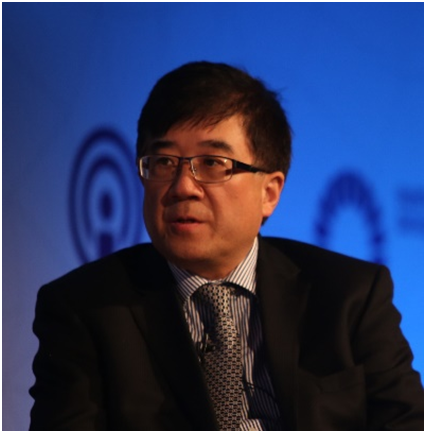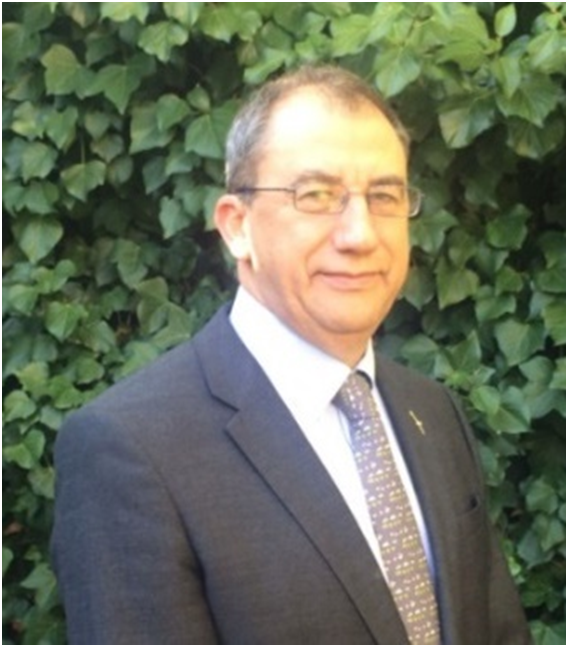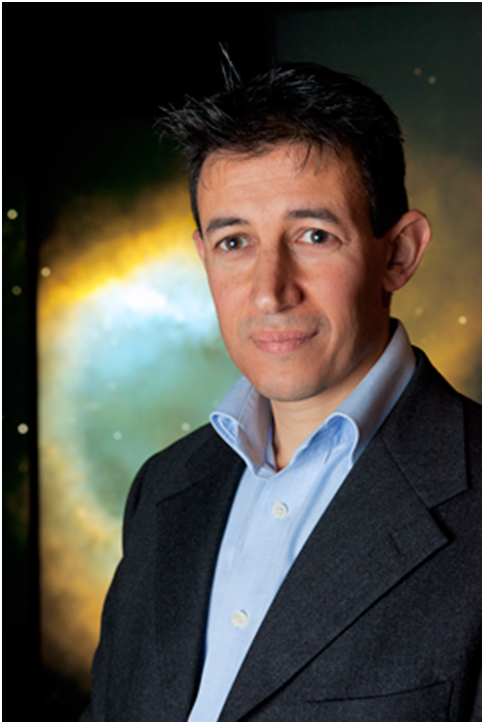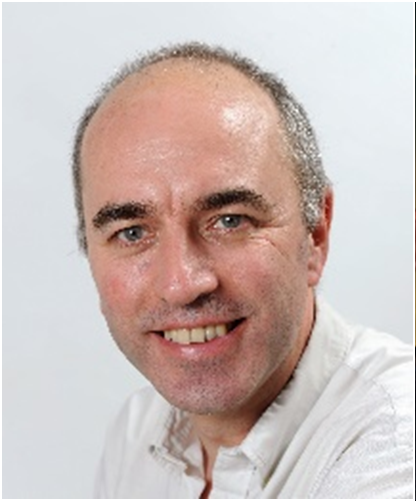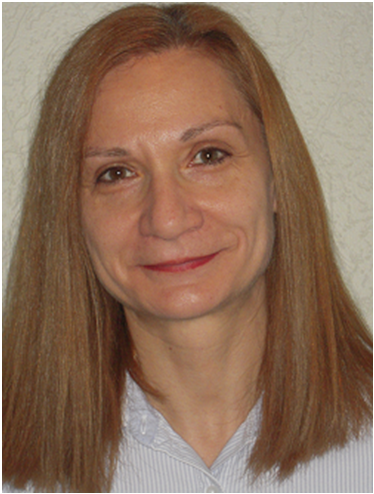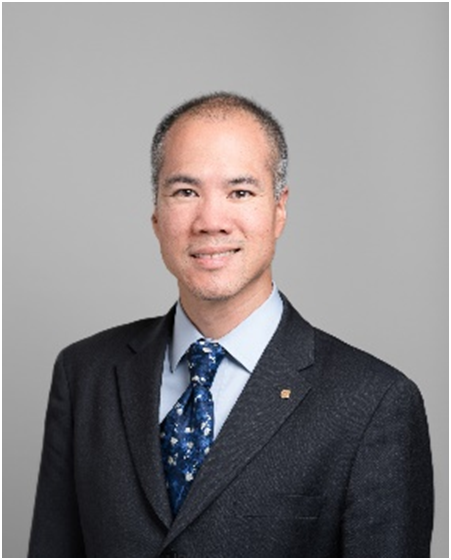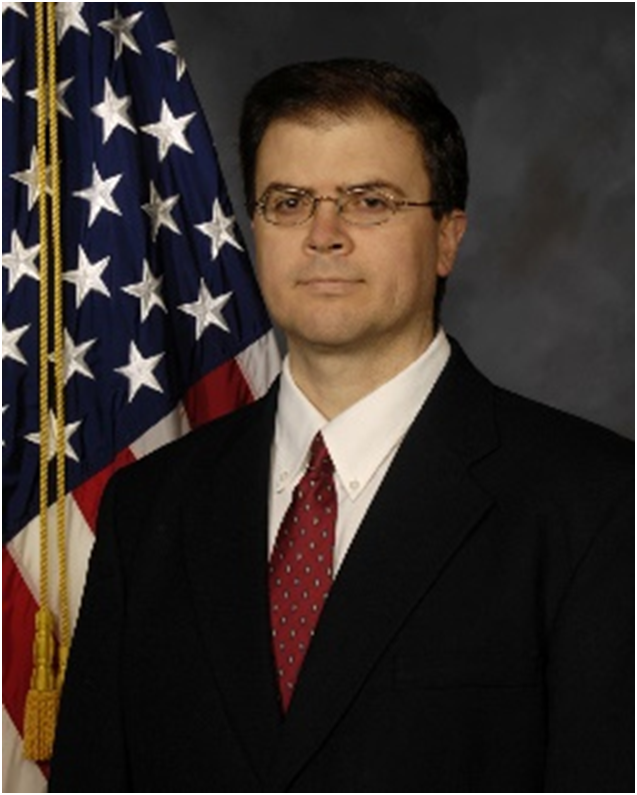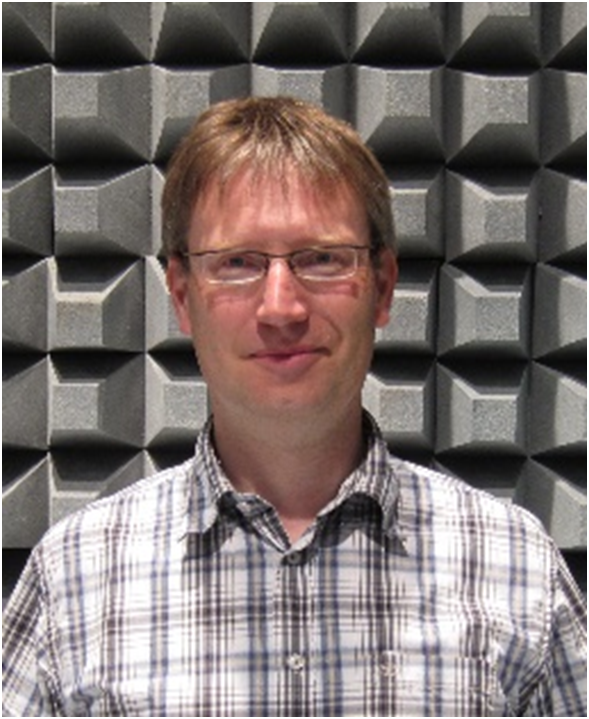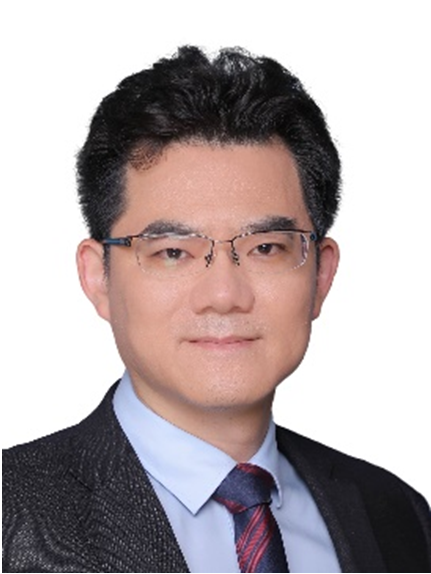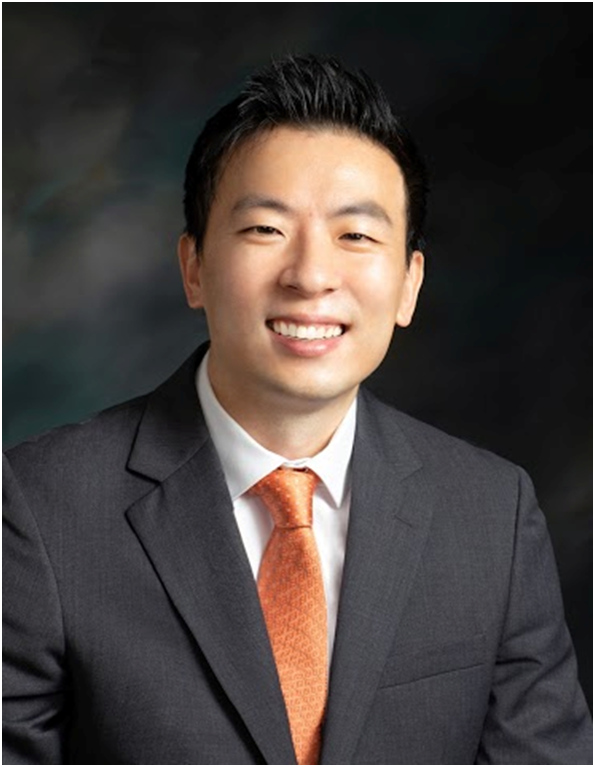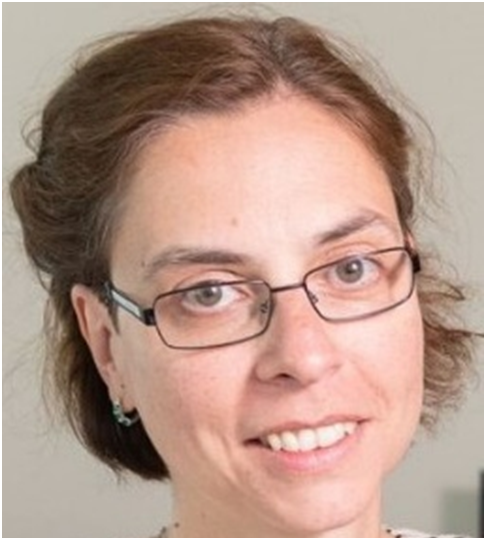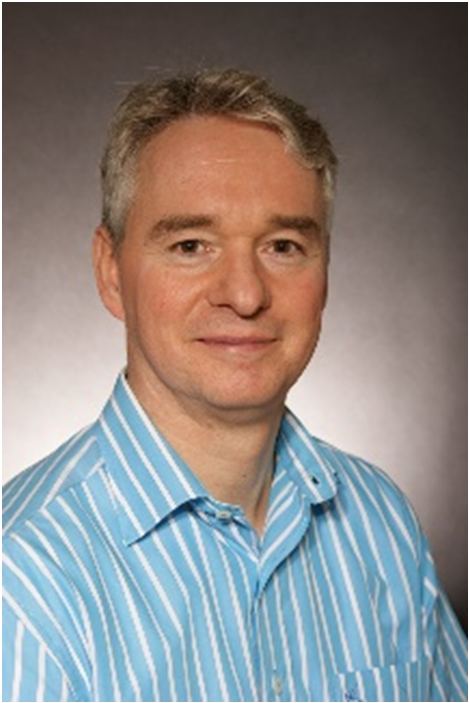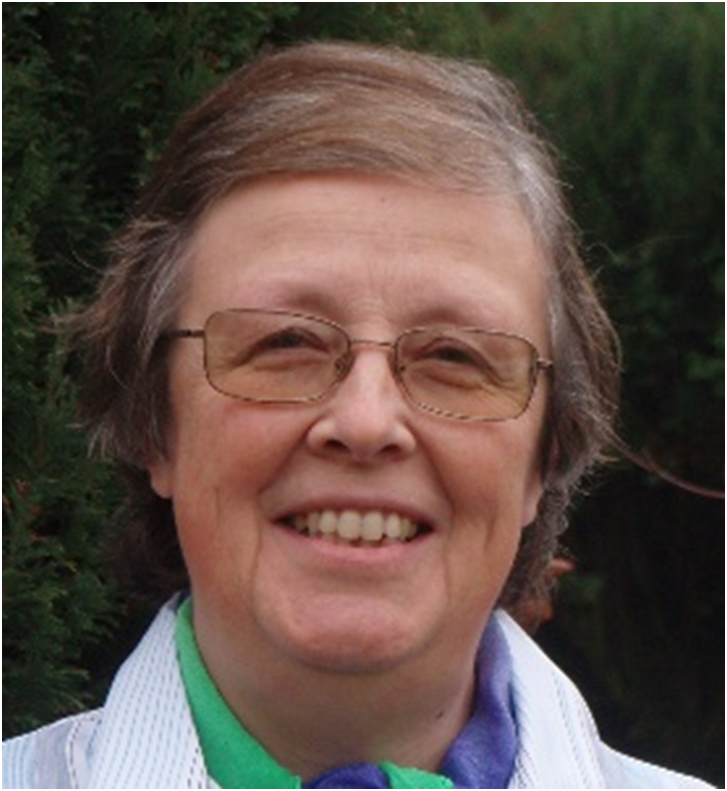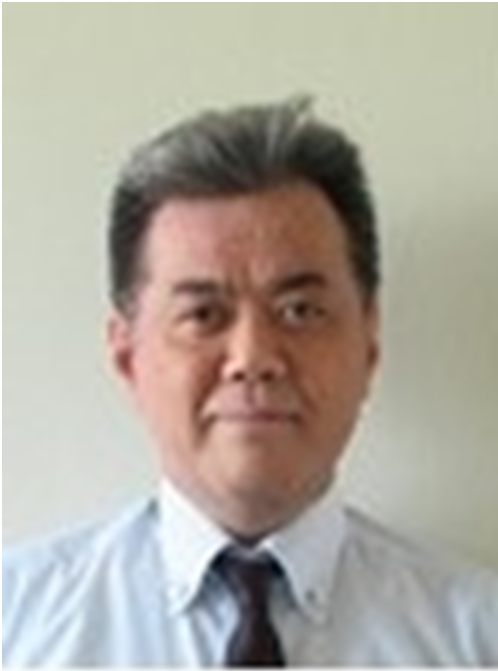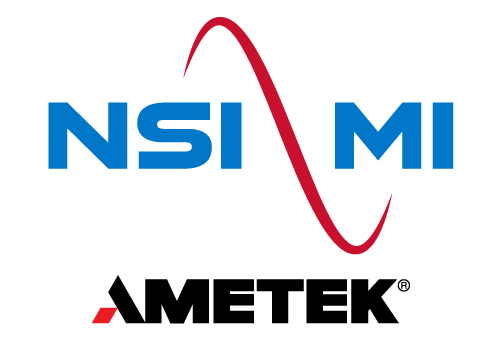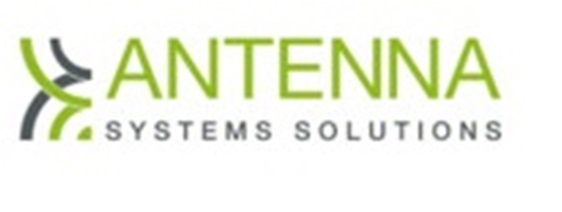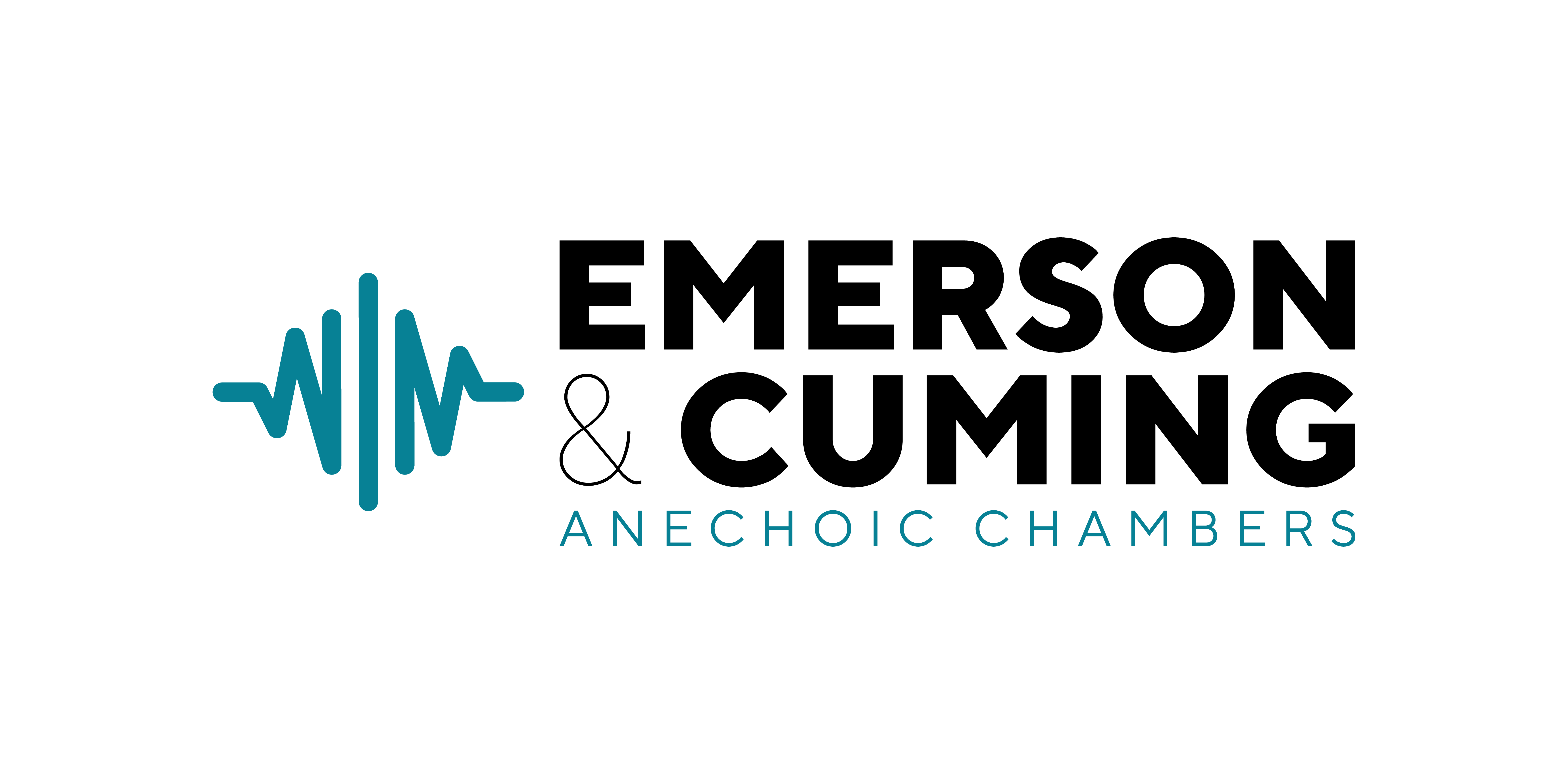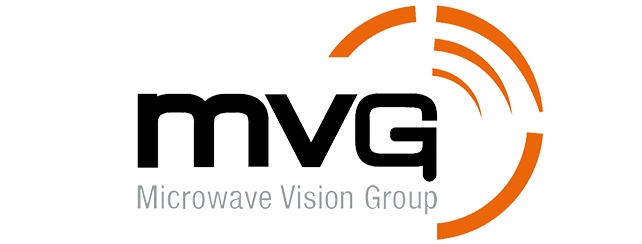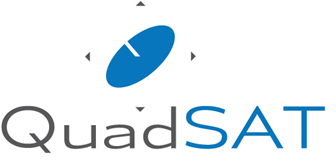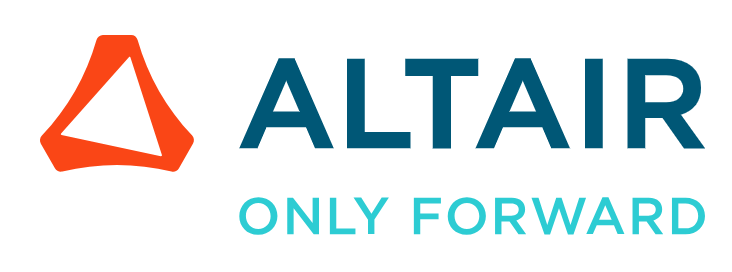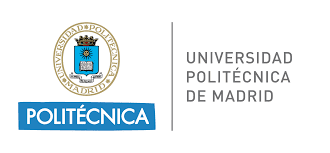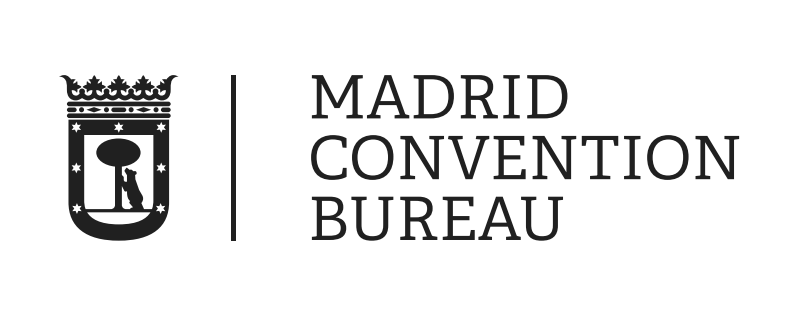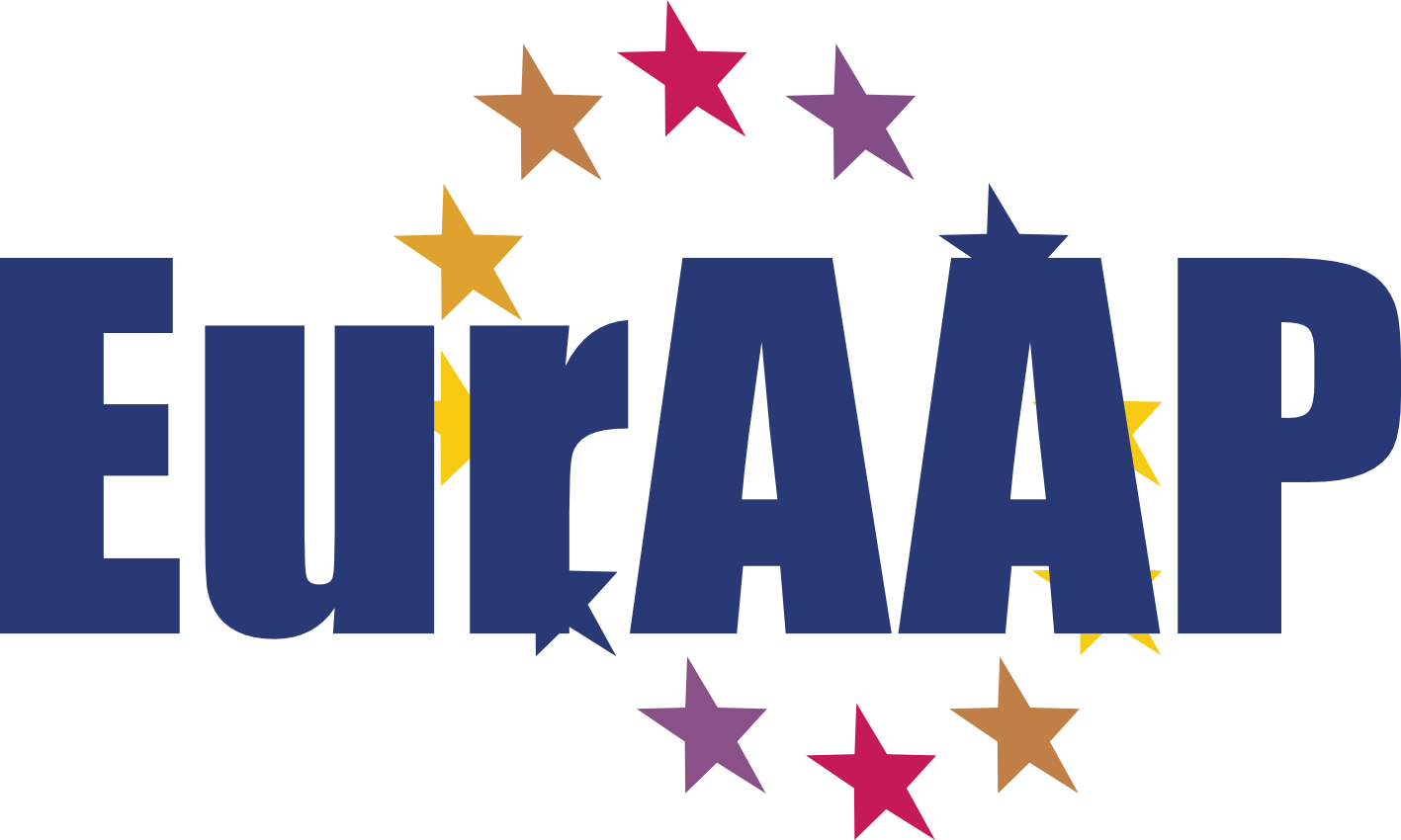Invited and Keynote Speakers
Keynote Speakers |
||
|
|
Dr. Wen Tong, CTO Huawei Wireless Dr. Wen Tong is the CTO, Huawei Wireless. He is the head of Huawei wireless research. In 2011, Dr. Tong was appointed the Head of Communications Technologies Labs of Huawei, currently, he is the Huawei 5G chief scientist and led Huawei’s 10-year-long 5G wireless technologies research and development. Prior to joining Huawei in 2009, Dr. Tong was the Nortel Fellow and head of the Network Technology Labs at Nortel. He joined the Wireless Technology Labs at Bell Northern Research in 1995 in Canada. Dr. Tong is the industry recognized leader in invention of advanced wireless technologies, Dr. Tong was elected as a Huawei Fellow and an IEEE Fellow. He was the recipient of IEEE Communications Society Industry Innovation Award in 2014, and IEEE Communications Society Distinguished Industry Leader Award for “pioneering technical contributions and leadership in the mobile communications industry and innovation in 5G mobile communications technology” in 2018. He is also the recipient of R.A. Fessenden Medal. For the past three decades, he had pioneered fundamental technologies from 1G to 5G wireless and Wi-Fi with more than 510 awarded US patents. Dr. Tong is a Fellow of Canadian Academy of Engineering, and he serves as Board of Director of Wi-Fi Alliance. Future Massive MIMO Antenna Technologies for 5G and 6G In this talk, we present the development of massive MIMO antenna technologies for the 5G and associated challenges. The overall system performance and antenna design-choice in terms of spectrum and channel propagation properties are discussed. In particular, we further present the novel massive MIMO antenna design to achieve higher capacity with same antenna aperture size and the field trial results. We also discuss the directions for the evolution of massive MIMO antenna for 6G. |
Auditorium (online) Monday 10:30-11:15 |
|
|
Carlos Montesano, Head of R&D at AIRBUS DS Space Spain Carlos Montesano current position is Head of R&D at AIRBUS DS Space España. He is Ingeniero Superior de Telecomunicaciones by the Universidad Politécnica de Madrid (UPM) since 1981 and Master on Business Administration since 1997 by the European University. He started working for INTA in 1982 as Antenna design and test Engineer. In 1984 moved to Construcciones Aeronáuticas S.A., now part of AIRBUS Defence and Space. He has been linked to antennas for satellites along all its career being the Head of the antenna Department in Madrid for more than 25 years, his department has deliver more than 220 antennas in orbit on all kind of satellites. Since 2018 he coordinates the R&D at AIRBUS Space in Madrid. Co-author of several patents on antennas and member of the IEEE since 1990. New Antennas for Satellite Communications and Earth Observation Antennas are the ears and eyes of the satellites and allows them to communicate and deliver the information to the users. There is an historical trend to improve the efficiency of satellite antennas in all aspects. Larger sizes, more power handling, lower passive intermodulation, more flexibility and adaptability are required and always taking into account the special needs of space applications. Satellite antennas need to keep all performances in a very harsh environment including extreme temperatures, high radiation and launch loads, all with a minimum mass and compact enough to be fitted into the launchers fairing. Satellite antennas have large differences depending on the orbit of the application, from Low Earth Orbit (LEO) to interplanetary missions. A look around different applications and orbits will be presented showing the latest trends in the different solutions that are used. |
Auditorium Monday 12:00-12:45 |
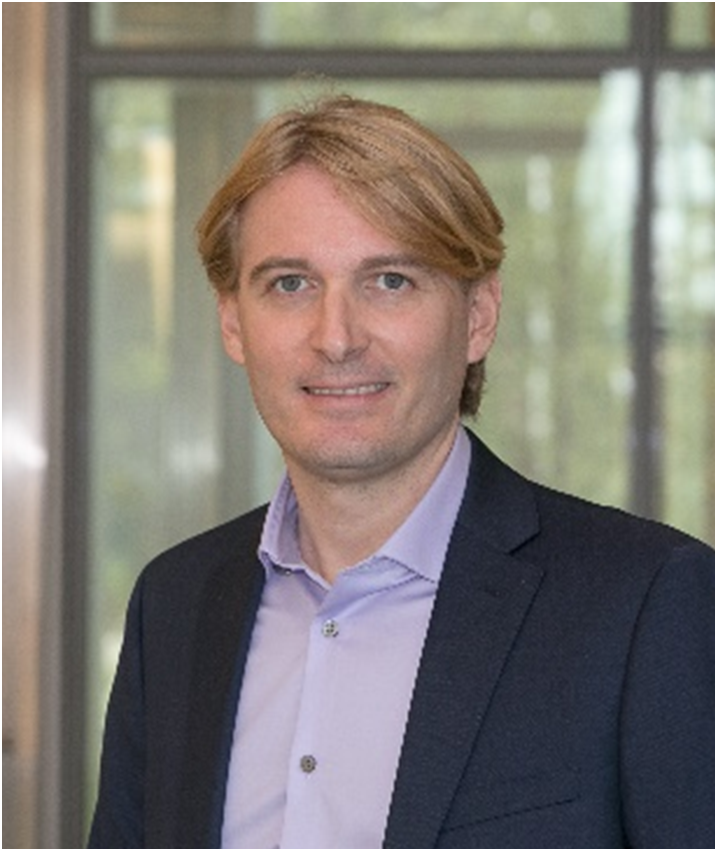 |
Professor Andrea Alu, City College of New York, US Andrea Alù is the Founding Director and Einstein Professor at the Photonics Initiative, CUNY Advanced Science Research Center. He received his Laurea (2001) and PhD (2007) from the University of Roma Tre, Italy, and, after a postdoc at the University of Pennsylvania, he joined the faculty of the University of Texas at Austin in 2009, where he was the Temple Foundation Endowed Professor until 2018. Dr. Alù is a Fellow of NAI, AAAS, IEEE, MRS, OSA, SPIE and APS. His research interests focus on electromagnetic theory and applications, nano-optics and photonics, polaritonics, wave physics and acoustics. He is a Highly Cited Researcher, a Simons Investigator and the director of the Simons Collaboration on Extreme Wave Phenomena, and has received several scientific awards, including the Blavatnik National Award in Physical Sciences and Engineering, the NSF Alan T. Waterman award, the AAAFM Heeger Award, the Dan Maydan Prize in Nanoscience, the IEEE Kiyo Tomiyasu Award, the Vannevar Bush Faculty Fellowship from DoD, the ICO Prize in Optics, the OSA Adolph Lomb Medal, and the URSI Issac Koga Gold Medal. Extreme Wave Phenomena Based on Metamaterials Metamaterials are artificial materials with electromagnetic properties that go well beyond what offered by nature, providing unprecedented opportunities to tailor and enhance the interaction between waves and matter. In this talk, I discuss our recent research activity in this area of technology, with special emphasis on the opportunities offered by metamaterials for wireless, radio-frequency and mm-wave applications. In particular, I will discuss how suitably tailored meta-atoms and careful arrangements of them can open exciting venues to manipulate and control electromagnetic waves in unprecedented ways. I will discuss our recent work on metamaterials for scattering suppression applied to antenna technologies, metasurfaces to control wave propagation and radiation in extreme ways, circulators and isolators that do not require a magnetic bias, and active metasurfaces for next-generation wireless systems. Physical insights into the exotic phenomena underlying these device functionalities, new technologies based on these concepts, and their practical impact will be discussed during the talk. |
Auditorium Monday 11:15-12:00 |
Invited Speakers |
||
|
|
Professor Andrea Neto, Technical University of Delft, The Netherlands Andrea Neto (M’00–SM’10–F’16) received the Laurea degree (summa cum laude) in electronic engineering from the University of Florence, Italy, in 1994, and the Ph.D. degree in electromagnetics from the University of Siena, Italy, in 2000. In this time he was also with the Antenna Section, at the European Space Agency for over two years. In 1999-2001 he was also Post-Doctoral Researcher at JPL’s the Sub-Millimeter-Wave Advanced Technology Group, Pasadena, CA. From 2002 to 2010, he was a Senior Antenna Scientist with TNO Defense, Security, and Safety, The Hague, The Netherlands. In 2010, he became a Full Professor of applied electromagnetism at the Technical University of Delft, The Netherlands. In 2011, he was a recipient of the European Research Council Starting Grant to perform research on Advanced Antenna Architectures for THz Sensing Systems. This grant jump started the THz Sensing Group which he still leads. His current research interests include the analysis and design of antennas with an emphasis on arrays, dielectric lens antennas and high frequency antennas. Dr. Neto is the organizer of the course on antenna imaging techniques from the European School of Antennas. He served as an Associate Editor for the IEEE Transaction on Antennas and Propagation, the IEEE Antennas and Wireless Propagation Letters, and then associate Editor of the IEEE Transaction on THZ Science and Technology. He was TPC Co-Chair for the Eucap 2021 Conference in Dusseldorf. He is now TPC Chair for the next IRMM-THz 2022 conference in Rotterdam, NL. On the Modelling, Design and Characterization of Pulsed Photo-Conducting THz front ends The power available from Photoconductive Antennas (PCA) by exploiting pulsed Optical-to-THz up/down conversions was so far only sufficient for localized spectroscopy. This has been a bottle neck for the wider use of these type of sources in sensing. However, recently reproducible m-watt power sources in the THz spectrum have been demonstrated by the THz Sensing Group. This talk will address some of the difficulties that hindered the progress for many years. The most important were likely associated to wide band modelling of short Electromagnetic pulses in complex active passive environments. Also the difficulties in manufacturing and interpretation of the measurements will be addressed. |
Room: Madrid Tuesday 15:00-15:40 |
|
|
Professor Guy A. E. Vandenbosch, Katholieke Universiteit Leuven, Belgium He received the M.S. and Ph.D. degrees in Electrical Engineering from the Katholieke Universiteit Leuven, Leuven, Belgium, in 1985 and 1991, respectively. Since 1993, he has been a Lecturer, and since 2005, a Full Professor at the same university. His research interests are in the area of electromagnetic theory, computational electromagnetics, planar antennas and circuits, nano-electromagnetics, EM radiation, EMC, and bio-electromagnetics. His work has been published in ca. 380 papers in international journals and has led to ca. 415 presentations at international conferences. In the period 1999-2004, he was vice-chairman, in the period 2005-2009 secretary, and in the period 2010-2016 chairman of the IEEE Benelux Chapter on Antennas and Propagation. Guy Vandenbosch is a fellow of the IEEE. From September to December 2014, he was a visiting professor at Tsinghua University, Beijing, China. In the period 2017-2020 he was a member of the IEEE Electromagnetics Award Committee. A Holy Grail Quest: The Concept of Stored Electromagnetic Energy In this talk the quest for the “final” expressions for the energy stored in a radiator is overviewed. First, the several forms of power and energy that have been defined and used in electromagnetics over the last 100 years are briefly summarized, and their most important characteristics are discussed. In a first step, frequency domain is considered. Starting from two power balance equations, a field based reactive energy is formally defined and compared to the numerous “definitions” already available in literature. Then the concept of recoverable energy is introduced. The differences with reactive energy are pointed out. Moving to time domain, it is possible to write unifying expressions generalizing the concept of reactive energy. It is shown that recoverable energy is just a special case for a specific current evolving in time. Illustrative examples are given where these energies can be used to solve practical problems. The paper clearly illustrates that the concept of stored electromagnetic energy is still not well-understood when a radiator is involved. |
Room: Roma Wednesday 15:00-15:40 |
|
|
Professor Natalia K. Nikolova, McMaster University, Canada Natalia K. Nikolova is a Professor at the Department of Electrical and Computer Engineering at McMaster University, Canada. Her research interests include inverse scattering, microwave imaging, as well as computer-aided analysis and design of high-frequency structures and antennas. Prof. Nikolova has authored more than 280 refereed manuscripts and 6 book chapters as well as the monograph “Introduction to Microwave Imaging” (Cambridge University Press 2017). She is a co-author of a book on microwave and millimeter-wave holographic imaging (IEEE-Wiley, 2019). She has delivered 51 invited lectures, webinars and short courses internationally on the subjects of microwave imaging and computer-aided electromagnetic analysis and design. She is a Fellow of the IEEE, the Canadian Academy of Engineering, and the Engineering Institute of Canada. Microwave and Millimeter-wave Imaging in Real Time Real-time microwave and millimeter-wave imaging methods are the workhorse in applications ranging from synthetic aperture radar, which operates with far-field data, to nondestructive testing and medical imaging, which employ near-field measurements. Research in this field is intensifying due to the rapid expansion of the wireless technologies beyond communications and into imaging and sensing. This expansion is fuelled by the advances of on-chip millimeter-wave to sub-THz electronics and the envisioned integration of communication and sensing in the future (beyond-5G) wireless networks and devices. This paper is an attempt to explain, categorize, compare and contrast the real-time imaging methods and algorithms within a common mathematical framework so that this interdisciplinary subject is rendered more comprehensible and accessible to the wider research community. |
Room: Madrid Tuesday 15:40-16:20 |
|
|
Professor Sean Victor Hum, University of Toronto (UofT), Canada Sean Victor Hum received the B.Sc., M.Sc., and Ph.D. degrees in electrical and computer engineering from the University of Calgary, Canada, in 1999, 2001, and 2006, respectively. In 2006, he joined The Edward S. Rogers Sr. Department of Electrical and Computer Engineering, University of Toronto (UofT), Canada, where he is currently a Professor and the Eugene V. Polistuk Chair in Electromagnetic Design. He was the Associate Chair, Graduate Studies in the same department, from 2018-2021. He leads the Reconfigurable Antenna Laboratory, UofT, and along with his students, conducts research in the areas of electromagnetic surfaces, reconfigurable antennas, and antennas for space applications. He received the ASTech Leaders of Tomorrow Award in 2006, and the Early Researcher Award from the Government of Ontario in 2012. He has received seven teaching awards at the UofT. He was a co-recipient of the IEEE Antennas and Propagation Society R. W. P. King Award in 2015 and 2017. Recent Developments in the Design and Realization of Advanced Electromagnetic Surfaces Advanced electromagnetic surfaces (AESs) comprise a spectrum of artificially engineered surfaces for manipulating the temporal and/or spatial dispersion of electromagnetic waves, and include structures such as reflectarrays, transmitarrays, frequency selective surfaces, polarizers, and most recently, metasurfaces / metagratings. The design of such surfaces can be separated into two steps: a macroscopic step, where the surface parameters required to achieve particular manipulations of the incident field are determined; and a microscopic step, where the geometric structure of the underlying unit cells or meta-atoms is determined to realize those properties. This talk will review recent developments in systematic design techniques for both steps. In particular, synthesis methods will be described for carrying out the macroscopic step, particularly for spatially-dispersive AESs used to implement specific radiation patterns. Subsequently, a variety of techniques for solving the inverse design problem associated with the microscopic step will be presented, with emphasis on recently developed techniques based on machine learning. A selection of AES designs developed based on the proposed techniques will be presented, including experimental demonstrators of several metasurfaces. |
Room: Roma Wednesday 15:40-16:20 |
|
|
Professor Michael Havrilla, Air Force Institute of Technology (AFIT), Wright-Patterson AFB, OH, US (AMTA Invited Speaker) Michael J. Havrilla received B.S. degrees in Physics and Mathematics in 1987, the M.S.E.E degree in 1989 and the Ph.D. degree in electrical engineering in 2001 from Michigan State University, East Lansing, MI. From 1990-1995, he was with General Electric Aircraft Engines, Evendale, OH and Lockheed Skunk Works, Palmdale, CA, where he worked as an electrical engineer. He is currently a Professor in the Department of Electrical and Computer Engineering at the Air Force Institute of Technology (AFIT), Wright-Patterson AFB, OH. He is a Fellow of the Antenna Measurement Techniques Association (AMTA), a senior member of the IEEE, a member of URSI Commission B, and a member of the Eta Kappa Nu and Sigma Xi honor societies. His current research interests include electromagnetic theory and measurement of complex media, electromagnetic propagation and radiation in anisotropic and bianisotropic materials, and quantum field theory. Nondestructive Material Measurements Nondestructive measurements are often employed for characterizing electromagnetic materials, especially in non-laboratory environments. Nondestructive techniques are fairly well established for simple media (i.e., materials that are linear, isotropic, homogeneous and time-invariant). However, the past decade or two has seen considerable interest in materials that are non-linear, non-isotropic (e.g., hyperbolic and bianisotropic media), spatially varying & dispersive (e.g., wire media), time varying (e.g., spacetime metamaterials) and non-reciprocal (e.g., topological insulators). What types of nondestructive techniques can be utilized for these materials? What new theory must be developed and what new measurement devices need to be invoked? What are the future challenges of nondestructive material characterization? How has 3D printing shifted the paradigm of the meaning of nondestructive evaluation? This talk will provide an overview of modern nondestructive material measurement techniques and will address the many questions and challenges one encounters when dealing with nondestructive evaluation of contemporary materials. |
Room: Roma Tuesday 15:00-15:40 |
|
|
Professor Juan R. Mosig, École Polytechnique Fédérale de Lausanne, Switzerland Juan R. Mosig received his Master degree from the Universidad Politécnica de Madrid, Madrid, Spain, in 1973, and the Ph.D. degree from the Ecole Polytechnique Fédérale de Lausanne (EPFL), Lausanne, Switzerland, in 1983. In 1991, he was elected Professor at the Laboratory of ElectroMagnetics and Acoustics of EPFL and he was Head of the Laboratory until 2017, when he became Emeritus EPFL Professor. His research interests include electromagnetic theory, numerical methods, and planar antennas. He has authored more than four hundred papers in international journals and four chapters in books on planar antennas&circuits. His papers received two IEEE awards in 2015 (APS Schelkunoff) and 2017 (APWL Uslenghi). Prof. Mosig has chaired two European COST Actions on Antennas (2003–2011) and he is a founding member of the European Association on Antennas and Propagation (EurAAP), whose EuCAP conference he chaired in 2006 and 2016. He is a Full Member of the Swiss Academy of Technical Sciences and a Life Fellow of IEEE. Stratified media, Spectral Domain, Square Roots and Sommerfeld Integrals The study of stratified media, defined as layered configurations of material substrates, is of paramount relevance in many scientific and technological areas like Acoustics, Geophysics and Lightning. In Electromagnetics, the first treatment of these problems is due to Arnold Sommerfeld who, more than one century ago, solved the most basic of all stratified media geometries, i.e. the two semi-infinite media problem. In doing so, Sommerfeld developed the fundamentals of a mathematical method, which is now known as the spectral domain approach (SDA). After many decades of latency, the analysis of stratified media using SDA knew a strong regain of interest, due to the introduction of printed technologies (microstrip and striplines) and the development in the 70s of the first planar antennas. Nowadays, SDA is used in many other areas of Electromagnetics, like Ground Penetrating Radar, satellite-based Remote Sensing and Optics&Photonics. This tutorial will review the stratified media problem and its formulation through the so-called Sommerfeld Integrals. Some tricky points, like complex square roots definitions, the relevance of a ground plane at infinity and the existence of a Sommerfeld pole (and hence of a surface wave) will be discussed. Numerical techniques will be briefly discussed and used to illustrate some recent discussions in the literature about the behavior of electromagnetic fields as a function of radial distances and of elevation angles (radiation patterns). |
Room: Madrid Wednesday 15:00-15:40 |
|
|
Dr. Christian Bornkessel, TU Ilmenau, RF and Microwave Research Laboratory, Germany (AMTA Invited Speaker) Dr. Christian Bornkessel got his Dipl.-Ing. Degree in 1990 from TU Ilmenau and his Dr.-Ing. Degree in 1993 from the University of Karlsruhe. From 1991 to 1995, he worked as a research assistant at the Institute for High Frequency Techniques and Electronics at Karlsruhe University in the field of numerical analysis of Electromagnetic Compatibility (EMC) aspects. From 1995 to 2014, he was with IMST GmbH Kamp-Lintfort, where he worked as head of Test Center since 2010. He was responsible for the planning, implementation, accreditation and operation of the EMC test center. Since 2014, he is with TU Ilmenau, RF and Microwave Research Laboratory. His current activities involve radio-based car communication (V2X) and EMC aspects with a focus on human exposure to RF and LF electromagnetic fields. He is a member of the German Commission on Radiological Protection and the ITG technical committee HF1 “antennas”. Current research aspects in the automotive antenna measurement chamber VISTA at the TU Ilmenau The Thuringian Center of Innovation in Mobility (ThIMo) under the roof of the Technische Universität Ilmenau operates an automotive antenna measurement chamber VISTA, equipped with a multi-probe measurement system covering the frequency range from 70 MHz … 6 GHz including the sub-6-frequencies for 5G mobile radio. In this talk, several current application-oriented research topics are presented and illustrated with examples. These research topics include: • Fast car antenna measurements in the installed state with various boundary conditions beneath the car. • Extension to antenna measurements installed on other electrically large objects like locomotives. • Emulation of LTE and V2X links as well as automotive radar in virtual environment. • Characterization of small cell antennas with regard to their RF exposure to humans by using a hybrid measurement-numerical method. |
Room: Roma Tuesday 15:40-16:20 |
|
|
Professor Ke Guan, Beijing Jiaotong University, China Dr. Ke Guan received B.E. degree and Ph.D. degree from Beijing Jiaotong University in 2006 and 2014, respectively. Since 2019, he is a Full Professor in State Key Laboratory of Rail Traffic Control and Safety, Beijing Jiaotong University, China. In 2015, he has been awarded a Humboldt Research Fellowship. He has authored/co-authored more than 260 journal and conference papers, receiving ten Best Paper Awards, including IEEE vehicular technology society 2019 Neal Shepherd memorial best propagation paper award. His current research interests include measurement and modeling of wireless propagation channels for various applications in the era of 5G and beyond. He is the pole leader of EURNEX (European Railway Research Network of Excellence), an Editor of the IEEE Vehicular Technology Magazine, the IEEE ACCESS and the IET Microwave, Antenna and Propagation. He is the contact person of BJTU in 3GPP and a member of the COST actions IC1004, CA15104, and CA20120 initiatives. Propagation and Channel modelling for Smart Railways In the vision of smart railways, a seamless high-data-rate and dependable wireless connectivity both for communication and sensing will be required. It is of primary importance to generate realistic channel data in order to do properly all the application layer end-to-end tests for all the relevant use cases that will be enabled by these wireless systems in railways. In this talk, we identify the major challenges and present the state-of-the-art solutions towards realistic channels of smart railways, especially for high frequencies, such as the millimeter-wave and THz bands. Moreover, future research trends are pointed out towards a thorough understanding of the propagation and wireless channel characteristics to support the design and evaluation of future smart railway wireless sytems. |
Room: Madrid Wednesday 15:40-16:20 |
|
|
Professor Wonbin Hong, Pohang University of Science and Technology, South Korea Wonbin Hong is with the Department of Electrical Engineering at POSTECH (Pohang University of Science and Technology), Korea as an Mueunjae Chaired Professor. From 2009 to 2016, he was with Samsung Electronics as a principal and senior engineer. Dr. Hong is the recipient of numerous recognitions wuch as the 'Scientist of the Month’ by the Ministry of Science and ICT, and National Research Foundation of Korea. He was the recipient of the 1st Best Paper Award from numerous conferences including the IEEE AP-S, IEEE EuCAP, IEEE ISAP. He has authored and co-authored more than 140 peer-reviewed journals, conference papers, two book chapters and is the inventor of more than 50 granted and 150 pending patent inventions. Antenna-on-Display (AoD) for Near, Mid-and Long-range wireless applications Electronic devices equipped with high-resolutions display panels with the capability of high-speed, low-latency wireless communication are becoming increasingly popular. State-of-the-art wireless generations such as 5G, ultra-wideband (UWB), Wi-Fi 6 will rely on the implementation of efficient and intelligent radio antennas. However, the evolution of display panels such as foldable, stretchable, breezeless and large-screen displays have triggered the need to reevaluate antenna design strategies and methodologies. Classical antenna theory professes the radiation efficiency of an antenna to be proportional to the effective antenna volume. Given the fact that conventional antennas have been designed and implemented as independent components, antenna radiation and performance suffers as the antenna real estate is further decreased amid the increased portion of display panels within a device. This eventually leads to performance degradation of wireless devices which use the latest display panel technologies. This talk introduces the original concept of incorporating a transparent, optically invisible antenna circuitry within the display panel. Denoted as an Antenna-on-Display (AoD), this approach demonstrates that electromagnetic fields can be generated and controlled within the view area of the display. This concept is applied and demonstrated across a variety of different wireless standards such as GPS, Wi-Fi and millimeter-wave 5G and 6G. |
Room: Madrid Thursday 15:00-15:40 |
|
|
Professor Alenka Zajic, Georgia Institute of Technology, US Alenka Zajic received the B.Sc. and M.Sc. degrees from the School of Electrical Engineering, University of Belgrade, in 2001 and 2003, respectively, and the Ph.D. degree in electrical and computer engineering from the Georgia Institute of Technology, in 2008. She is currently Ken Byers Professor with the School of Electrical and Computer Engineering, Georgia Institute of Technology. Her research interests span areas of electromagnetic, wireless communications, signal processing, and computer engineering. Chip-to-Chip THz Communications – In Pursuit of Ultra High Throughput, Super Low Latency, High Reliability, and Minimal Energy Consumption Reliable, high-speed connectivity with low energy consumption and latency is a fundamental need in data centers. The use of wires and optical links in current data centers precludes adaptive scalability and suffers drawbacks in terms of assembly cost, airflow blockage, maintenance, and lengthy service time. It has been envisioned that future data center interconnects would alleviate the aforestated problems and introduce a higher data rate and low-latency communication. In this talk, we will discuss various opportunities, challenges, and current experimental trials in an effort to accomplish this in future data centers with the use of wireless Terahertz (THz) technology. We will show how these performance objectives can be achieved by affording data rates of up to 1.5 Tera-bits-per-second (Tbps) at a low power consumption of about 2.75 pJ/b (Energy-per-bit value), latency of 4.78 ns and good signal fidelity that ensures a Bit-Error-Rate (BER) of 10−12. |
Room: Roma Thursday 15:40-16:20 |
|
|
Dr. Matthias Geissler, Vice-President of IMST GmbH, Germany He received the M. Sc. Degree in Electrical engineering from the University of Karlsruhe, Germany, in 1995 and the Doctor degree from the University of Duisburg-Essen, Germany, in 2003. In 1995 he joined IMST GmbH in Kamp-Lintfort, Germany, where at the beginning his major fields of interest were the design of planar antennas as well as antennas for mobile applications. In 2003 he became Head of the Department of Antennas & EM Modelling, and since 2008 he is Vice-President of IMST. The company has a strong focus on the design, realization and implementation of active antenna arrays for Radar, Satcom, 5G and future 6G mobile communication. Matthias Geissler has published more than 70 scientific contributions as author or co-author in conferences, scientific magazines and books, he holds several patents. In parallel to his work at IMST, he is active since 2006 as lecturer at the Ruhr-University Bochum. In 2015 he became Honorary Professor at the Ruhr-University. He is member of EurAAP, IEEE and the antenna expert group of the German VDE-ITG. Industrial design of active antenna arrays From a theoretical and conceptional point of view, active array technology can be the basis for powerful and flexible antenna solutions for many applications. However, when it comes to the industrial realization, there is always a danger of ending up with a very complex system, suffering from e.g. high material costs, a complex assembly process and/or a heavy weight. Therefore, the industrial design process of active arrays starts with a careful selection of the material baseline in combination with an application specific tailoring of the antenna to the functionality needed. The design process applied is very much based on efficient 3D EM modelling of the whole system including all details of the antenna and the integration scenario. By using a modular approach, one can combine high design and tailoring flexibility with affordable production costs. The presentation gives insight into today’s industrial design process and shows several examples of active array antennas realized e.g. in aluminum, plastic molding, organic substrate and LTCC. Based on latter systematic design process, the active array technology can provide very powerful industrial solutions at medium complexity and acceptable costs. |
Room: Madrid Thursday 15:40-16:20 |
|
|
Danielle Vanhoenacker-Janvier, Université catholique de Louvain, Louvain-la-Neuve, Belgium Danielle Vanhoenacker-Janvier received the M.S. degree in Electrical Engineer (1978), and the Ph.D. degree in Applied Sciences (1987) from the Université catholique de Louvain (UCLouvain), Louvain-la-Neuve, Belgium. She is Professor since 2000 and Full Professor at the same university since 2007. She is emeritus since October 2020. Her main activity domain is the analysis and modelling of atmospheric effects on propagation of radiowave above 10 GHz, with a special interest in the propagation through turbulent troposphere and in the use of Numerical Weather Prediction software for the simulation of atmospheric effects. New applications at optical wavelengths are also envisaged. She has authored more than 150 technical papers and she is co-author of a book. D. Vanhoenacker-Janvier is reviewer for various international conferences, IEEE and IEE journals and acted as expert for the evaluation of research teams in various countries. She was chair of the EuMC 2010 in Paris and is Secretary General of the European Microwave Association since 2016. Numerical Weather Prediction models for the simulation of propagation impairments on Earth-Satellite communications. The C to Ku frequency bands currently in use are becoming more and more crowded, whereas there is still a need for new services. Increasing the frequency to Q/V band increases the degradation due to the troposphere: not only rain, but also clouds, gases and turbulence are affecting the propagation. Radiowave propagation models for geostationary satellites links are available worldwide in ITU-R Recommendations. In the absence of Earth-LEO propagation measurements, however, only statistical models are available for non-GEO links and they were not validated against measurements. Numerical Weather Prediction models produce meteorological parameters that can be used to simulate the degradation of the GEO and non-GEO earth-space links. The talk will illustrate the results already obtained, their validation with existing GEO measurements and finally underline the potential of this method but also its limitations. |
Room: Roma Thursday 15:40-16:20 |
|
|
IN MEMORIAM: Prof. Kentaro Nishimori, Niiagata University, Niigata, Japan Prof. Kentaro Nishimori, from Niigata University, had been selected to be one of the EuCAP2022 invited speakers. Unfortunately, Prof. Nishimori passed away on January 31st 2022. EuCAP2022 wants to remember his research in this conference. The session where he was going to participate will be dedicated to him. Biography: Kentaro Nishimori received the B.E., M.E., and Ph.D. degrees in electrical and computer engineering from Nagoya Institute of Technology, Nagoya, Japan, in 1994, 1996, and 2003, respectively. In 1996, he joined the NTT Wireless Systems Laboratories, Nippon Telegraph and Telephone Corporation, in Japan. He was a Associate Professor since 2009 and is now a Research Professor at Niigata University. He was a visiting researcher at Aalborg University, Aalborg, Denmark from Feb. 2006 to Jan. 2007. His main interests are spatial signal processing including massive MIMO systems. Proposed conference: Massive MIMO and Drone can realize paradigm shift for wide and high-speed area in 6G systems In the 5th generation mobile communication system (5G) and beyond 5G/6G, not only microwaves but also millimeter waves are used for further capacity enhancement. However, in an environment where the line of sight (LoS) between the base station and the terminal cannot be guaranteed, a sufficient communication area cannot be obtained. In this paper, a new concept of a system that dynamically forms the communication area of a 5G system using MIMO and unmanned aerial vehicles (UAVs) such as Drones is presented. The proposed system realizes the wave source estimation by UAVs for 5G system and a new area is estimated by wave source estimation results and machine learning via massive MIMO BS and UAV transmission. The initial results for the proposed system are presented. |
|
